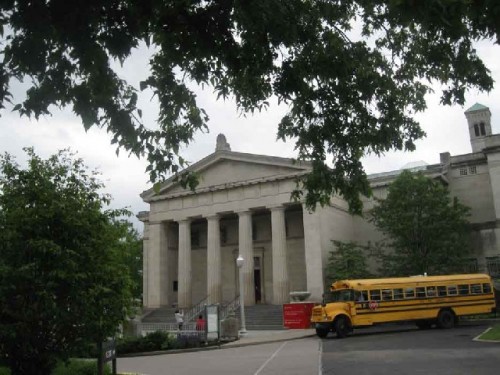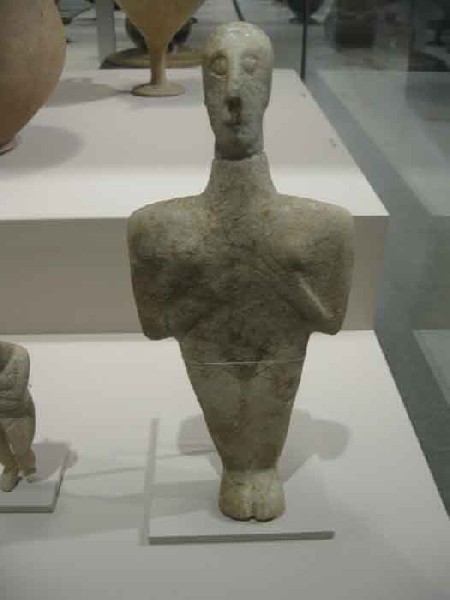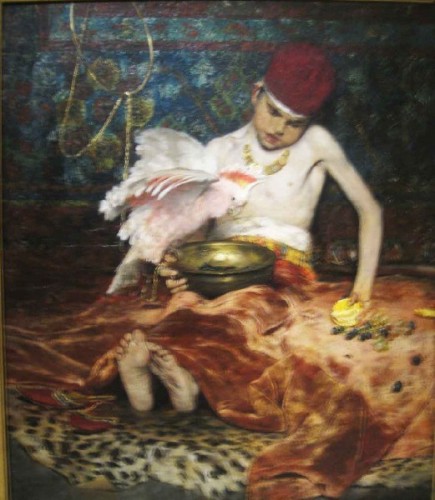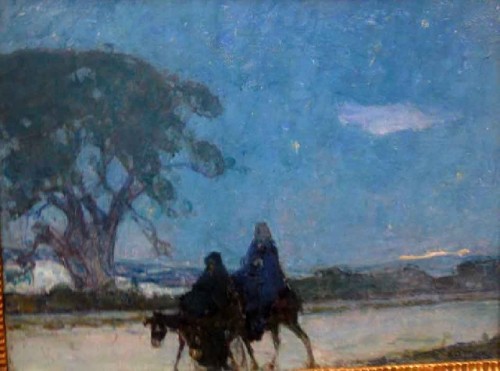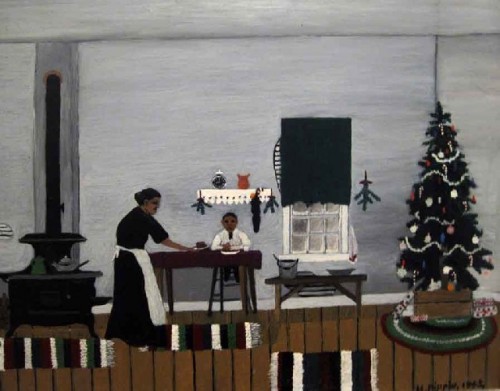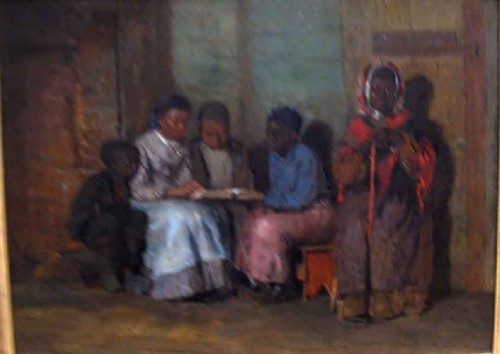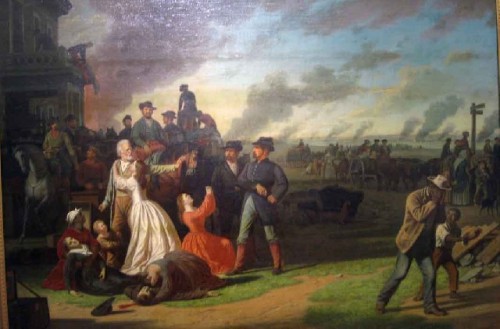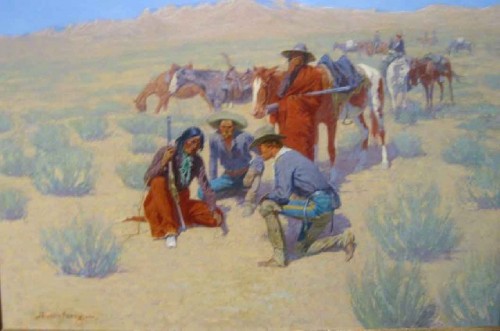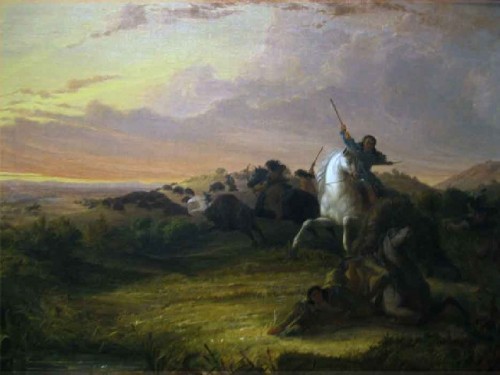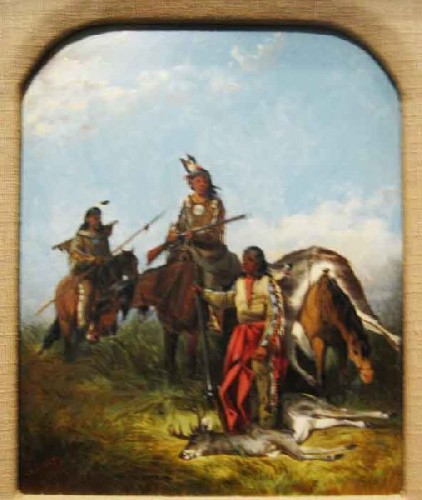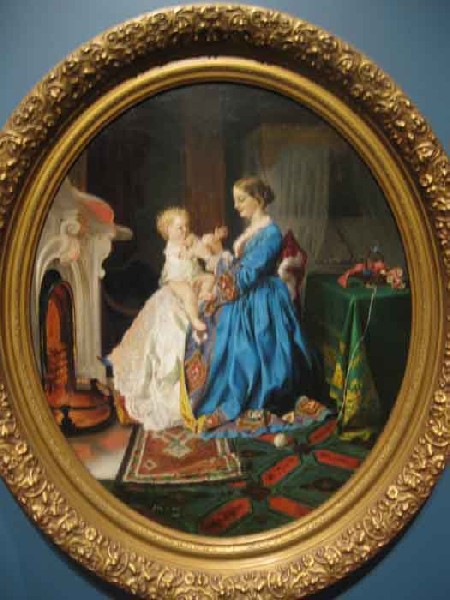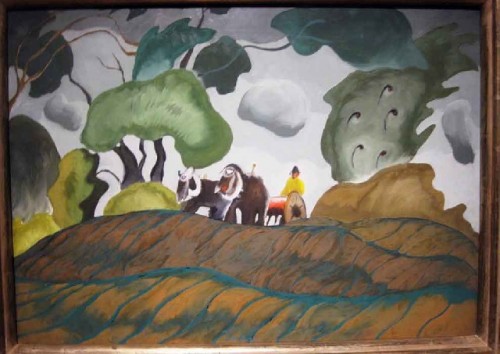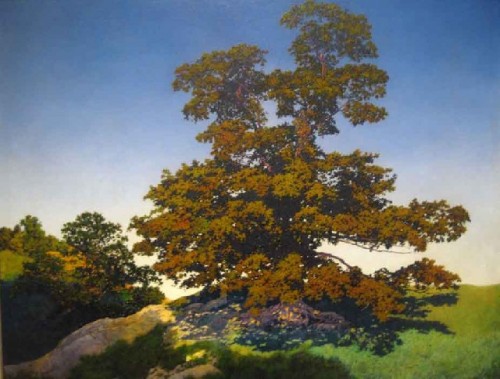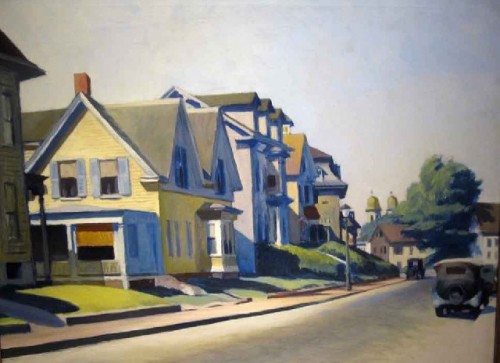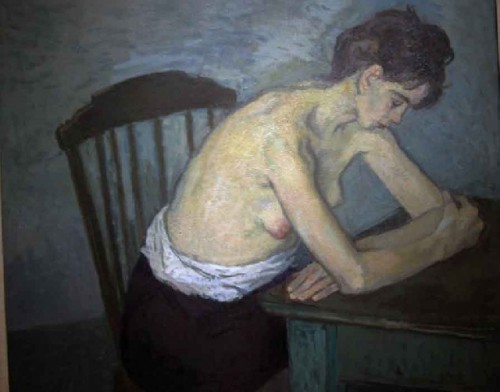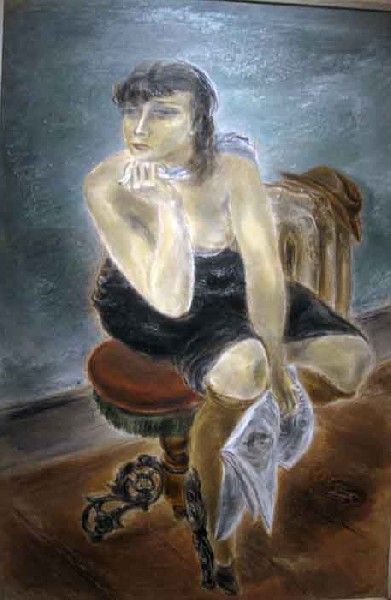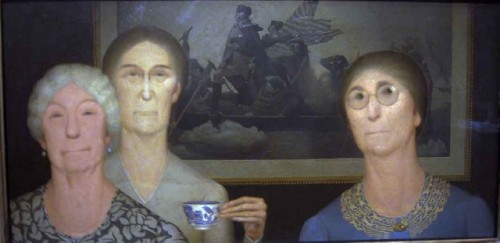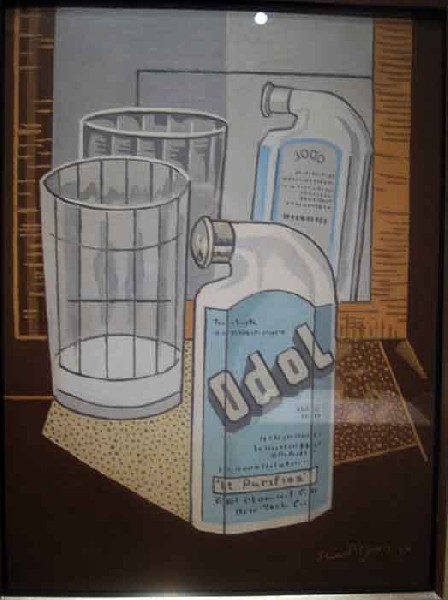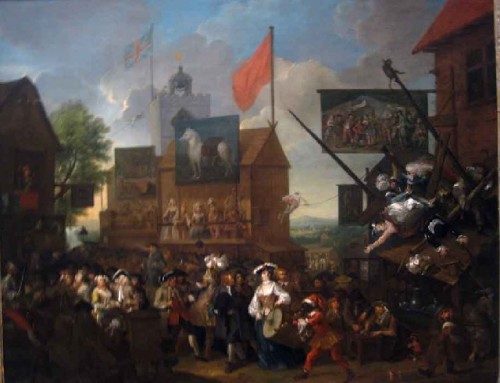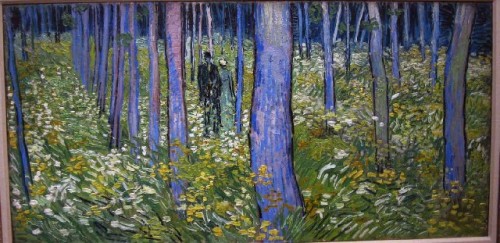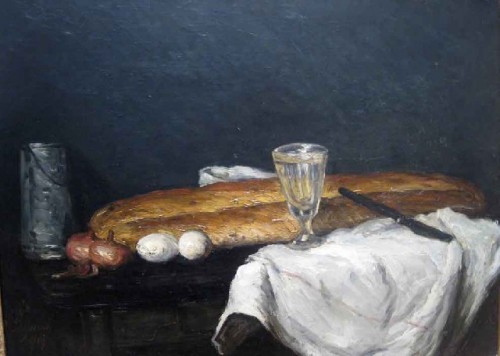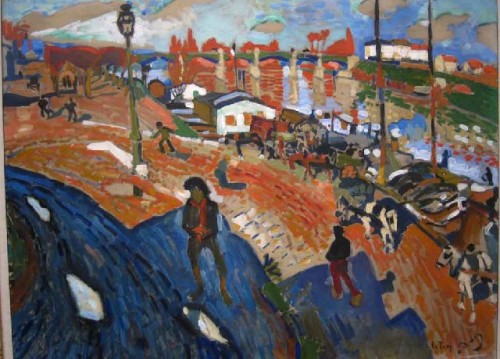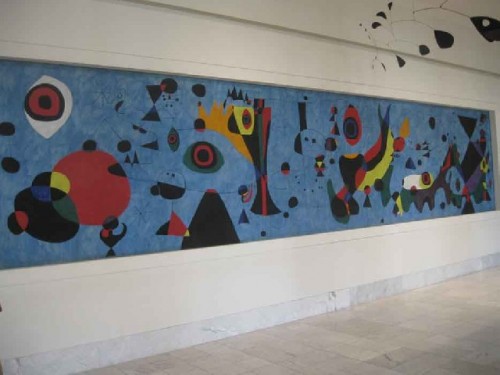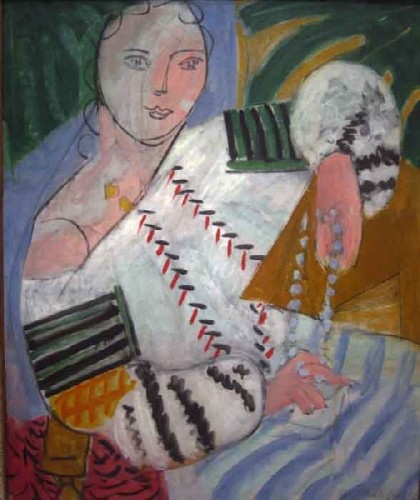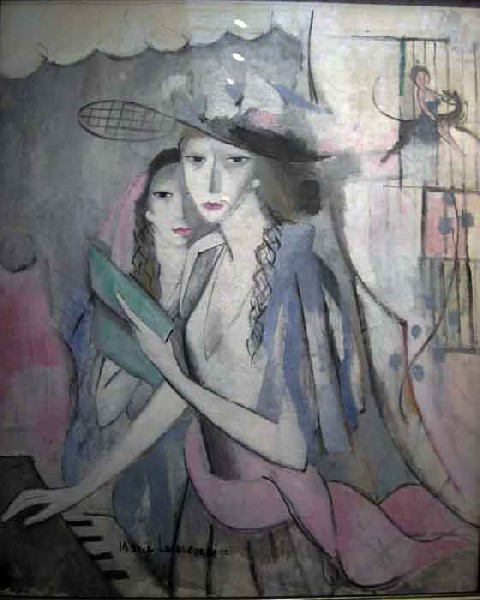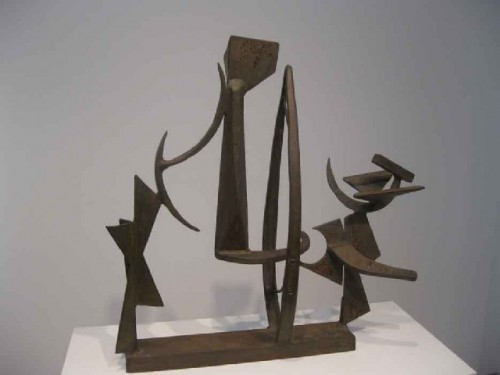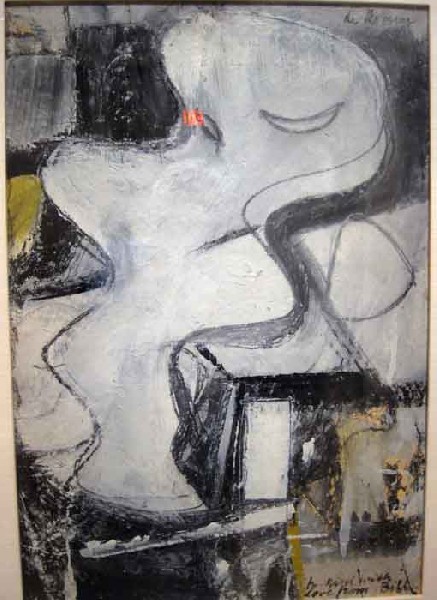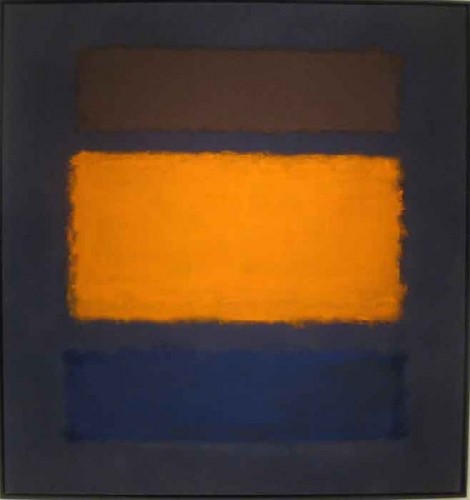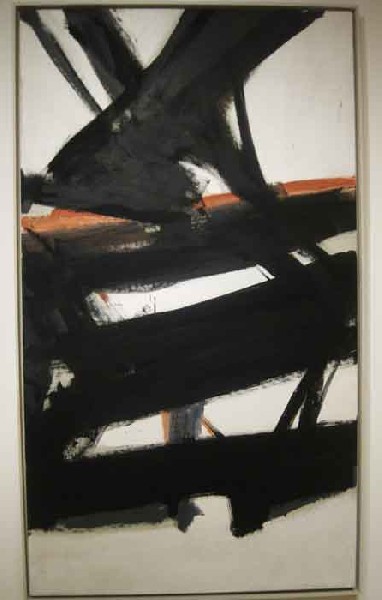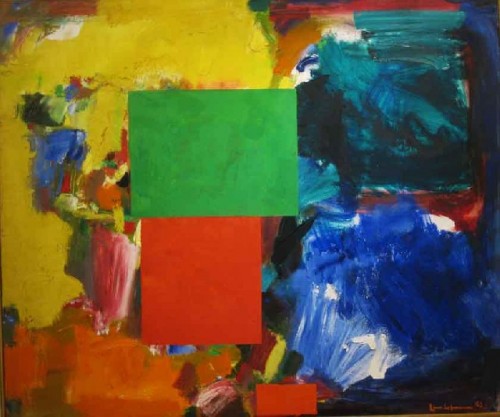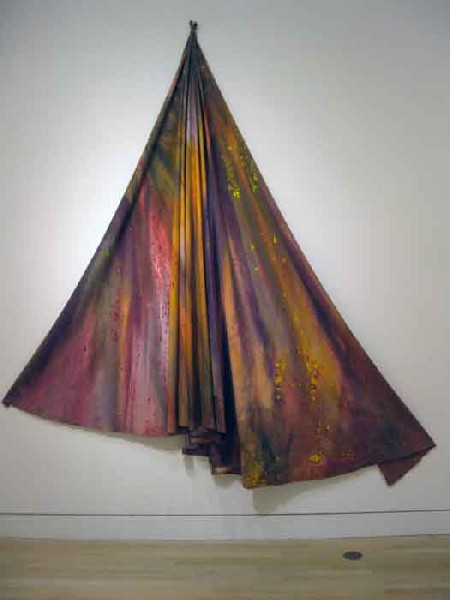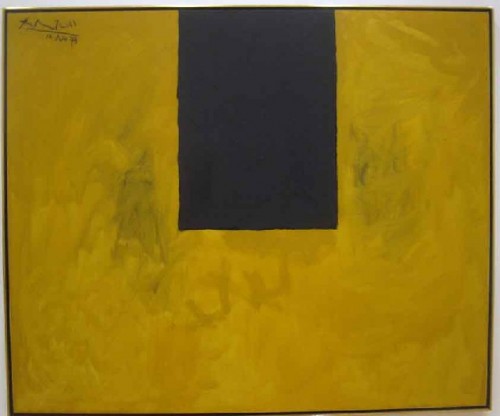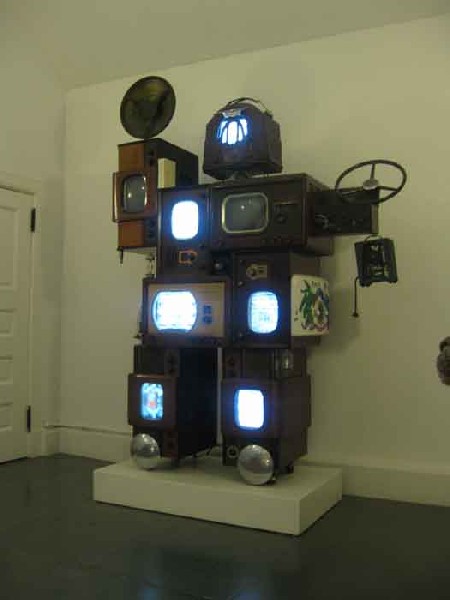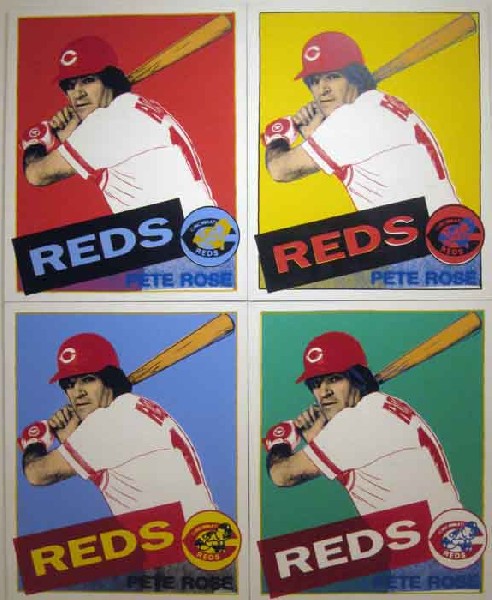Cincinnati Art Museum
Eclectic Collection in a Warren of Galleries
By: Charles Giuliano - May 13, 2010
The Cincinnati Art Museum was founded in 1881 and opened in 1886. There have been six additions and renovations since then, the most recent a $13 million renovation in 1993.
This has resulted in a hodge podge of architectural elements and interior spaces that house a collection of 80,000 objects displayed in a non sequitur amble through 88 galleries.
The eclectic collection mostly focuses on Midwestern regionalism including fine arts, furniture and crafts on the ground floor. The museum displays the 19th and 20th century history of its city in depth. Perhaps to the greatest extent of any major American museum. But only an increment of this work is of national or global interest.
There is a generous display of work by the Cincinnati artists Frank Duveneck American Realist Painter, 1848-1919 and William Merritt Chase American Impressionist Painter, 1849-1916. Their work is of interest primarily to scholars. Or as a back story to the eccentric James Abbott McNeill Whistler (1834 – 1903). It seems he exploited a gaggle of the Duveneck Boys (students of Duveneck and Chase) when they visited Venice.
The paintings by Duveneck and Chase are the best of the ho hum Cincinnati galleries.
The exception to this is in the decorative arts. There are generous displays of superb and inventive ceramic works. Often by women. And the product of factories. Ohio is still noted as a center for ceramic artists. Some of the furniture was truly outrageous with elaborate carving and massive designs. It’s the kind of work that commands top dollar when discovered on Antiques Road Show. From yard sale to museum piece.
We were underwhelmed by the Regionalists given such prominence by this major American museum. There is a valid reason why they and the social realists of the 1930s were eclipsed by the emergence of Abstract Expressionism and the New York School in the decades that followed the Great Depression.
But picking through the collection there are seminal works such as Daughters of the American Revolution by Grant Wood, a typical Moses Soyer nude, the interesting and rarely seen Yasuo Kuniyoshi, a stunning Maxfield Parrish painting of a tree, a farm scene by John Steuart Curry and works by important African American artists Jacob Lawrence, Horace Pippin, the 19th century painter Henry Osawa Tanner and the sculptor Edmonia Lewis.
Like most museums founded in the 19th century Cincinnati strove to be encyclopedic. This resulted in a pastiche of ancient works from Egypt, the Cycladic Islands, Greece, and Rome. We run through a gauntlet of these works displayed in rows of parallel display cases that lead us from the entrance of the museum to the older original wing. It was not a compelling experience to browse through this detritus. From the great hall one veers off to a smattering of African art to the left. On the right, on the way to the cafeteria, one discovers a major mural by Miro which was commissioned in 1947 for the Terrace Plaza Hotel and later donated to the museum. Miro made his first American trip to view the site.
Finding our way to the second floor there were many wonderful discoveries. We moved on from Cincinatti and its maudlin accomplishments to encounter a rich and enticing array of works from the Renaissance to Modernism, There was a Rubens sketch, a wonderful Hogarth, a Titian portrait of Philip II of Spain, a School of El Greco, and major American 19th and 20th century masterpieces. Including a lovely classical Picasso and a charming Matisse.
We made our way to the underattended third floor. The attendant seemed bored by the lack of traffic. There we encountered interesting contemporary works. Literally tucked away in the attic.
Statistically the museum claims to be the largest in Ohio. It is a matter of how you do the math. If it is comparing itself to the Cleveland Museum, well it’s no contest. The difference is clarity, vision and connoisseurship. Qualities that Cincinnati’s museum lacks. Cincinnati has been a wealthy community willing to throw resources into its cultural institutions. Beyond money it takes taste and vision to create great and cohesive collections.
The deep pockets of the communtty resulted in some stunning acquisitions. Yes, it is a museum on any must visit list. But with a caveat to expect hidden treasures in a flea market. Given the shambles of the galleries and their lack o cohesive design or logic Cincinnati is a cultural institution in desperate need of an extreme makeover. In some ways it is an eccentric holdover of another era. It is not your cookie cutter museum experience. But this charming mongrel would benefit from grooming. Cincinnati is crying out for strong leadership to put its house in order.

